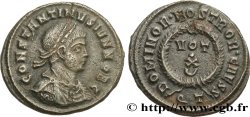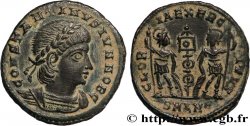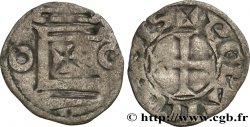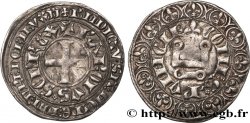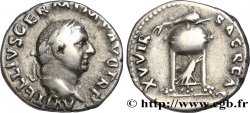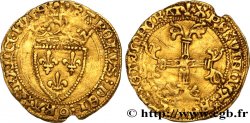Live auction - brm_505565 - CONSTANTINE II Centenionalis ou nummus
You must signin and be an approved bidder to bid, LOGIN TO BID. Accounts are subject to approval and the approval process takes place within 48 hours. Do not wait until the day a sale closes to register. Clicking on "BID" constitutes acceptance of the terms of use of cgb.fr private live auctions.
Bids must be placed in whole Euro amounts only. The sale will start closing at the time stated on the item description; any bids received at the site after the closing time will not be executed. Transmission times may vary and bids could be rejected if you wait until the last second. For further information check the Live auction FAQ
All winning bids are subject to a 18% buyer’s fee.
All winning bids are subject to a 18% buyer’s fee.
| Estimate : | 180 € |
| Price : | 150 € |
| Maximum bid : | 150 € |
| End of the sale : | 30 October 2018 15:19:07 |
| bidders : | 4 bidders |
Type : Centenionalis ou nummus
Date: 334-335
Mint name / Town : Arles
Metal : copper
Diameter : 19 mm
Orientation dies : 12 h.
Weight : 2,29 g.
Officine: 1re
Coments on the condition:
Exemplaire Sur un flan bien centré des deux côtés. Magnifique buste de Constantin II. Revers de haut relief. Très belle patine marron foncé lisée. Conserve l’intégralité de son brillant de frappe et de son coupant d’origine
Catalogue references :
Predigree :
Cet exemplaire provient de la collection L. P
Obverse
Obverse legend : CONSTANTI-NVS IVN N C.
Obverse description : Buste lauré et cuirassé de Constantin II césar à droite avec pan de paludamentum sur l’épaule, vu de trois quarts en avant (B*01).
Obverse translation : “Constantinus Iunior Nobilissimus Cæsar”, (Constantin le jeune très noble césar).
Reverse
Reverse legend : GLOR-IA EXERC-ITVS/ (FER DE LANCE)/.// PCONST.
Reverse description : Deux soldats debout face à face, vêtus militairement, tenant chacun une haste renversée et un bouclier au milieu, deux étendards.
Reverse translation : “Gloria Exercitus”, (La gloire de l’armée).
Commentary
Rubans de type 3 aux extrémités bouletées. Ce type semble moins courant que ne le laissent supposer les ouvrages généraux.







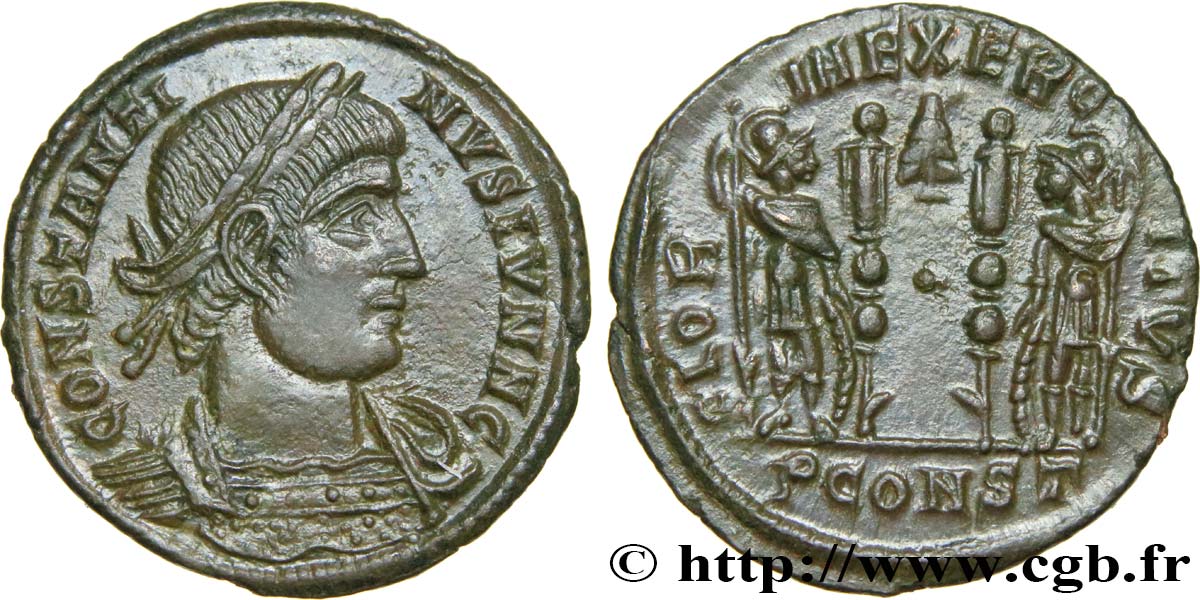
 Report a mistake
Report a mistake Print the page
Print the page Share my selection
Share my selection Ask a question
Ask a question Consign / sell
Consign / sell
 Full data
Full data
